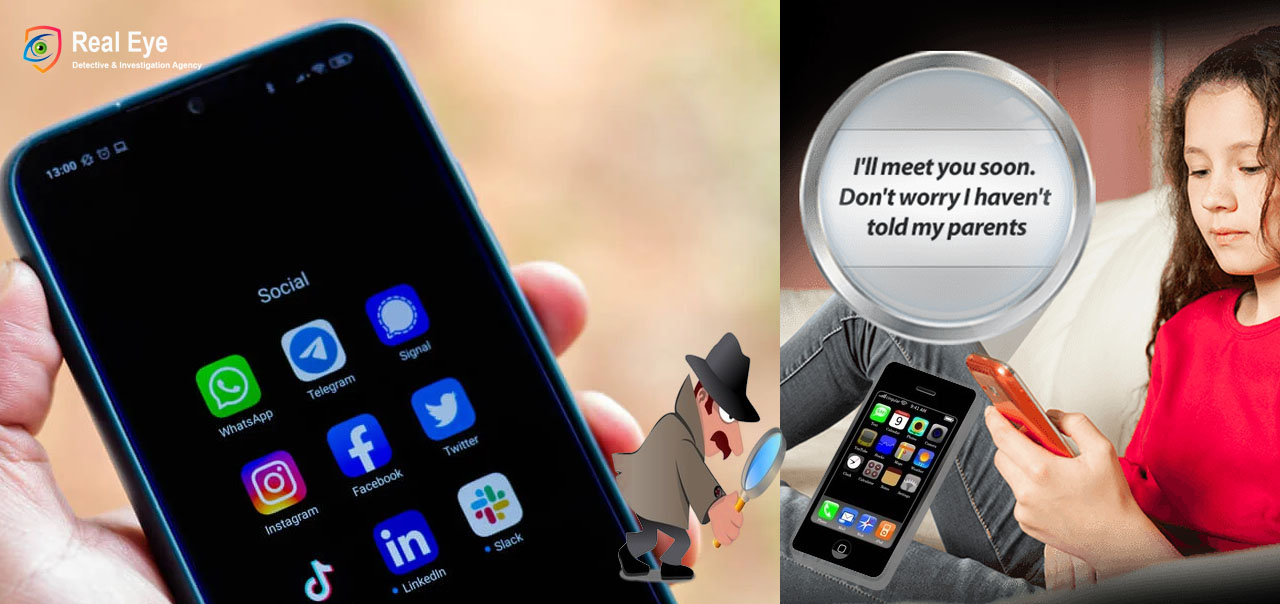Mobile spy software, also known as cell phone monitoring or tracking apps, is designed to monitor and record various activities on a smartphone without the user’s knowledge. These apps are typically used for legitimate purposes, such as parental monitoring, employee tracking (with consent), or finding a lost or stolen device. However, they can also be misused for unethical or illegal activities, so it’s essential to use them responsibly and within legal boundaries.
Here’s how mobile spy software generally works on smartphones:
- Installation: To start monitoring a target device, the spy software needs to be installed on it. This is typically done by physically accessing the device and downloading the app from a legitimate source, such as an app store or the developer’s website. Some spy apps may require the device to be rooted (Android) or jailbroken (iOS) to access advanced monitoring features.
- Stealth Mode: After installation, the spy software often operates in stealth mode, meaning it hides its presence from the device’s user. It may not appear in the app list or the home screen, making it challenging for the user to detect its presence.
- Data Collection: Once the spy app is active, it starts collecting various data from the target device, depending on its capabilities and the permissions granted during installation. Common types of data collected include:
- Call Logs: Recording incoming and outgoing call details, including timestamps and durations.
- Text Messages: Logging SMS and instant messaging app conversations.
- GPS Location: Tracking the device’s location in real-time or periodically.
- Web Browsing History: Monitoring the websites visited by the user.
- Emails: Capturing sent and received emails.
- Media Files: Accessing photos, videos, and audio files on the device.
- Social Media Activity: Monitoring interactions on social media platforms like Facebook, WhatsApp, Snapchat, etc.
- App Usage: Logging the apps installed and used on the device.
- Keylogging: Recording every keystroke made on the device, including passwords and usernames.
- Data Transmission: The collected data is often transmitted to a secure server or cloud storage associated with the spy app. This server is accessible to the person who installed the spy software, allowing them to view the data remotely using a web portal or a dedicated app.
- Remote Control and Settings: Some spy apps offer remote control features, allowing the person monitoring the device to change settings, activate/deactivate monitoring, or even remotely wipe the data on the target device.
- Updates and Notifications: Mobile spy software may periodically update itself to ensure it works with the latest device software. Users may receive notifications or alerts when certain events occur on the target device, such as specific keywords being typed or the device entering a designated area.
It’s essential to note that using mobile spy software without the owner’s consent is illegal in many jurisdictions, and it raises significant ethical concerns. It’s crucial to respect privacy laws and obtain proper consent before using such applications, especially when monitoring employees, children, or anyone else. Always check the local laws and regulations to ensure compliance before using any monitoring software on smartphones.

